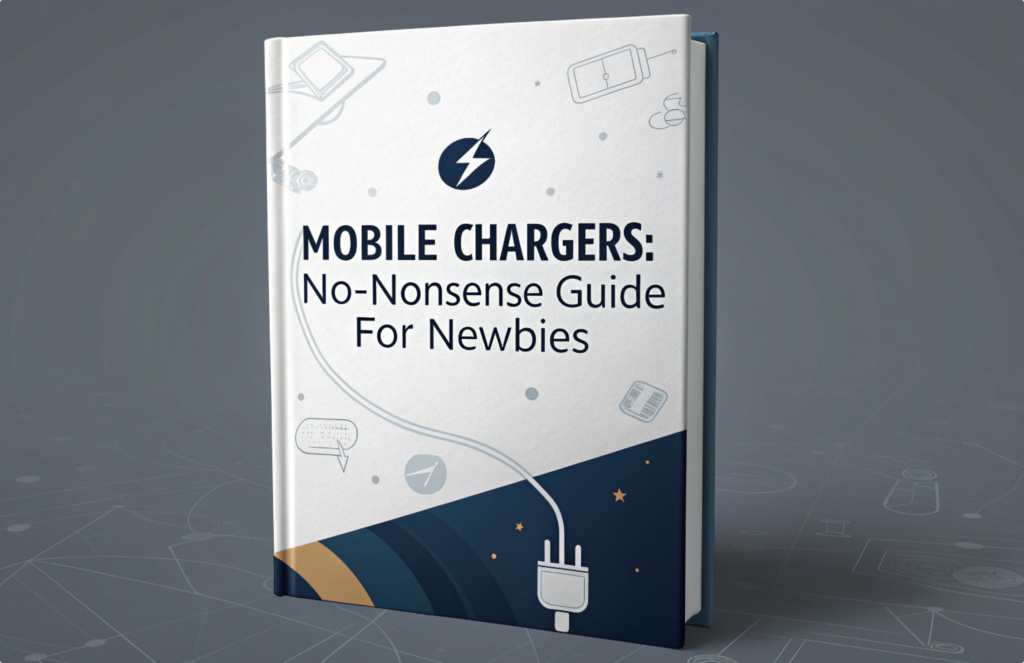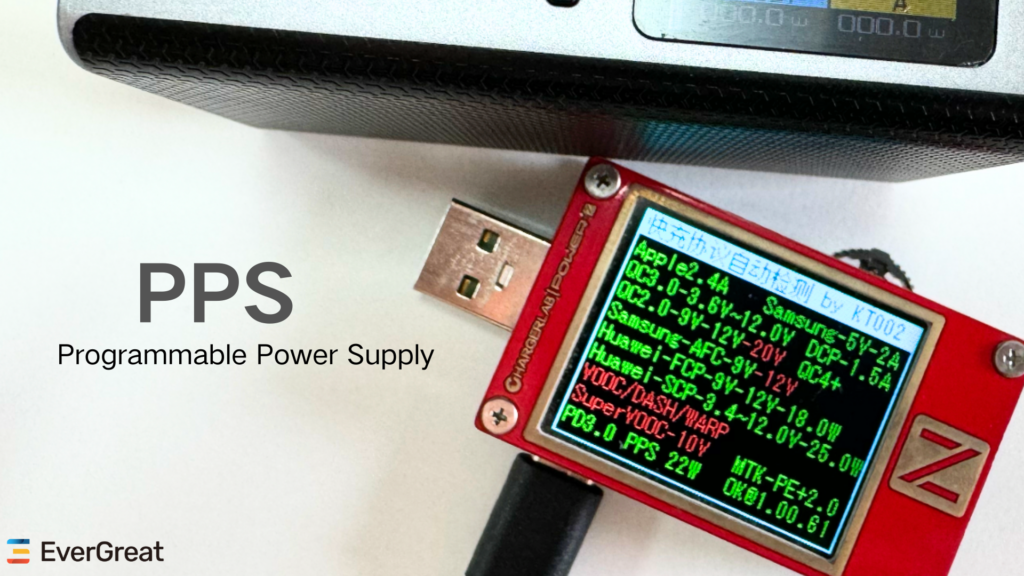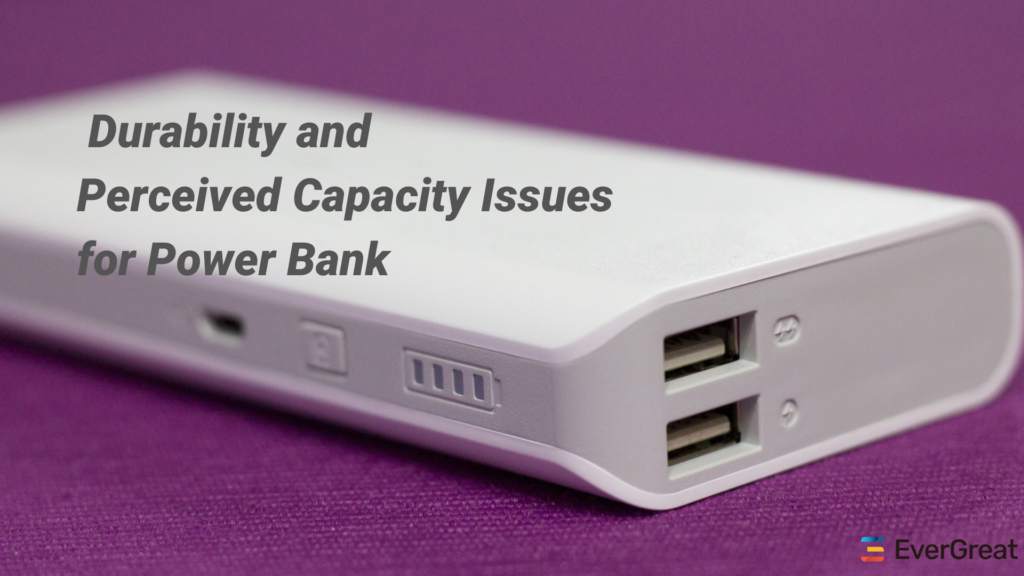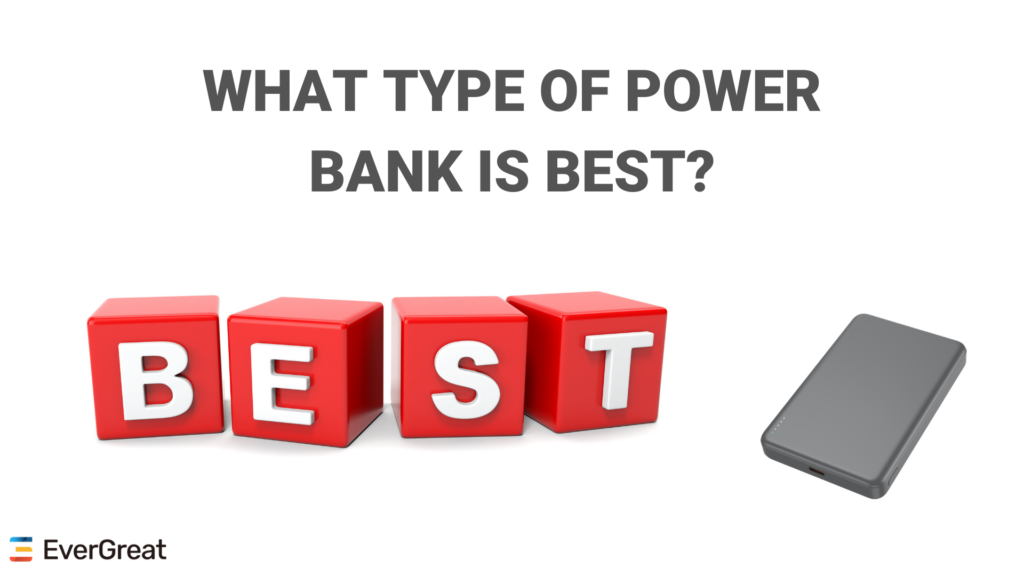Outline
- The Power Bank’s Core: Why the internal battery cell and PCBA are the heart of a reliable product.
- The Impact of Subpar Components: How poor quality leads to failures, safety risks, performance issues, and damages your brand.
- Essential Quality Mechanisms: Understanding the role of premium cells, robust PCBA, and certifications in preventing problems.
- Market Demand for Trust: Key trends showing the B2B and consumer push for safe, reliable portable power.
- Business Impact: Quantifying the costs saved and value gained by prioritizing component quality.
- Conclusion & Discussion: Inviting B2B buyers to share experiences and discuss sourcing strategies.
The Power Bank’s Core: Battery Cell and PCBA
In the competitive power bank market, it’s easy to view products as simple commodities. However, much like a network’s performance hinges on its Network Interface Cards (NICs), a power bank’s reliability, safety, and longevity are fundamentally determined by its core internal components: the battery cells and the Protection Circuit Board Assembly (PCBA). These are far more than passive parts; they actively manage charging, discharging, and most importantly, safety. A power bank built with cheap, low-grade cells or a minimalist PCBA is a risk waiting to happen. It’s the difference between a device that performs reliably for years and one that fails prematurely, underperforms, or becomes a safety hazard.
The Impact of Subpar Components: Failures, Risks, and Brand Damage
Choosing power banks based solely on the lowest unit cost often means accepting compromises on internal component quality. This leads to several critical issues that directly impact your business:
- Premature Failure: Low-quality battery cells degrade rapidly, losing capacity or becoming unable to hold a charge after just a few cycles. Poor solder joints or cheap wiring on the PCBA can break easily. This results in high product failure rates, either in storage or shortly after reaching the end-user.
- Underperformance: Inferior cells may not deliver their stated capacity (a 10,000mAh power bank might only provide 5,000mAh of usable charge). Basic PCBAs might lack efficient voltage regulation or fast-charging protocol support (like USB PD or QC), leading to slow charging speeds or incompatibility with modern devices.
- Significant Safety Risks: This is the most severe consequence. Cheap power banks often lack essential safety protections on the PCBA. Without proper circuitry for overcharge, over-discharge, over-current, short-circuit, or temperature protection, the battery cells can overheat, swell, leak, or in extreme cases, ignite or explode. These incidents pose serious risks of injury or property damage.
- Damaged Brand Reputation: Every product failure or safety incident associated with a power bank you sold, distributed, or used internally reflects directly on your brand. High return rates and negative reviews erode customer trust and make future sales harder. The cost of recovering from a safety-related PR crisis can be immense.
Much like packet loss degrades network services, subpar power bank components degrade product performance, functionality, and reliability, creating tangible costs and risks for your business.
Essential Quality Mechanisms: Cells, PCBA, and Certifications
Reliable power banks prevent these issues by incorporating high-quality components and design principles, similar to how advanced NICs use buffers and offloads to prevent packet loss:
- Premium Battery Cells: Using high-quality, certified cells from reputable manufacturers (e.g., LG, Samsung, CATL) ensures stable performance, accurate capacity, longer cycle life, and inherent safety characteristics compared to unbranded or recycled cells.
- Robust PCBA with Full Protections: A well-designed PCBA includes multiple layers of protection circuitry. These mechanisms are the "buffers and fail-safes" of a power bank:Overcharge Protection: Stops charging when the cell reaches its max voltage, preventing stress and overheating.Over-discharge Protection: Stops discharging before the cell voltage drops too low, preventing damage and prolonging life.Over-current Protection: Limits the current draw during charging or discharging to safe levels.Short-Circuit Protection: Immediately cuts power in case of a short, preventing dangerous current surges.Temperature Protection: Monitors battery temperature and shuts down if it exceeds safe limits.Proper Voltage Regulation: Ensures stable output voltage for connected devices, preventing damage.
- Quality Materials and Construction: Durable casing, high-quality connectors, and solid internal wiring contribute to overall reliability and longevity.
- Industry Certifications: Products that pass rigorous third-party safety and quality certifications (UL, CE, RoHS, FCC, etc.) demonstrate adherence to critical standards. These aren’t just stamps; they signify that the internal components and design have been validated for safety and performance.
Investing in power banks with these quality mechanisms significantly reduces the probability of failure and eliminates critical safety risks.
Market Demand for Trust and Reliability
The market trend is clear: while the demand for portable power is high, the demand for trustworthy portable power is growing even faster.
- Increased Consumer Awareness: Users are more informed and less tolerant of products that fail or underperform. They read reviews and associate quality (or lack thereof) with the brand.
- Focus on Safety: Growing awareness of battery safety issues (amplified by media reports) makes consumers and businesses prioritize certified, safe products.
- Regulatory Landscape: Safety standards and regulations for electronic devices are becoming stricter globally, requiring certified components and designs.
- B2B Sourcing Evolution: Professional buyers are moving beyond simple price comparisons to Total Cost of Ownership (TCO), factoring in the costs of returns, support, and potential liabilities.
These trends underscore the necessity for businesses to source power banks that meet high standards of quality and safety, not just price.
Quantifiable Business Impact of Quality Sourcing
Prioritizing quality components in your power bank sourcing translates directly to bottom-line benefits:
- Reduced Return Rates: High-quality components mean fewer product failures, drastically cutting the costs associated with processing returns, replacements, and reverse logistics. This can save tens of thousands annually depending on volume.
- Lower Operational Costs: Fewer returns and complaints mean less time and resources spent on customer service and troubleshooting. Staff can focus on sales and growth instead of dealing with product issues.
- Enhanced Brand Reputation: Selling reliable, safe products builds trust and positive customer experiences. This leads to repeat business, positive reviews, and stronger brand loyalty – a significant intangible asset.
- Risk Mitigation: Avoiding safety incidents eliminates the potential for costly lawsuits, product recalls, regulatory fines, and severe damage to your brand’s image. The cost of one major incident can easily outweigh the price difference of quality components across thousands of units.
- Improved Sales Conversions: Customers are more likely to purchase products from brands known for reliability and safety. For corporate gifting or promotions, a high-quality power bank leaves a positive, lasting impression.
By focusing on the quality of core components, you shift spending from dealing with problems and mitigating risks towards building a reliable product line and a trusted brand.
Conclusion: Join the Conversation
The internal components of a power bank – the battery cells and PCBA – are not minor details; they are the critical determinants of safety, performance, and reliability. Understanding and prioritizing the quality of these components is essential for any B2B buyer aiming to offer products that build trust rather than create liabilities. Quality components, robust safety features, and proper certifications are the "quality mechanisms" that prevent issues and ensure a positive user experience.
As a professional power bank supplier, we understand that true value lies beyond the initial price tag. We focus on sourcing power banks built with premium cells and advanced PCBAs, backed by relevant certifications, to ensure they meet the highest standards for safety and performance.
We invite B2B buyers, product managers, and sourcing professionals to connect and share their perspectives: What are your biggest challenges when sourcing power banks? How do you currently vet suppliers for component quality and safety? What is your experience with product returns or safety concerns?
Drop a comment below or send us a message. Let’s collaborate to ensure your power bank sourcing strategy prioritizes quality, safety, and long-term value, protecting your brand and satisfying your customers.









